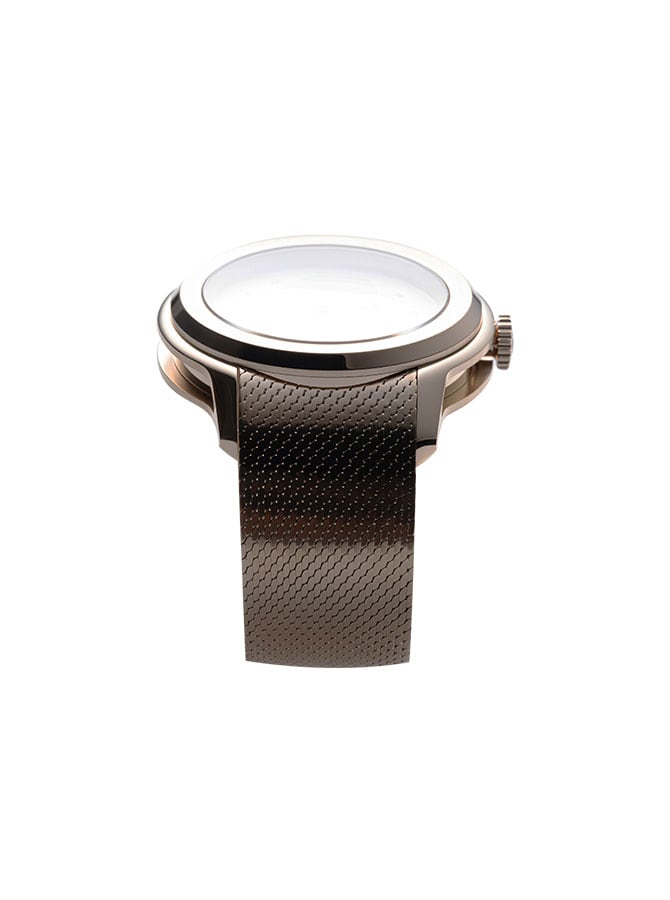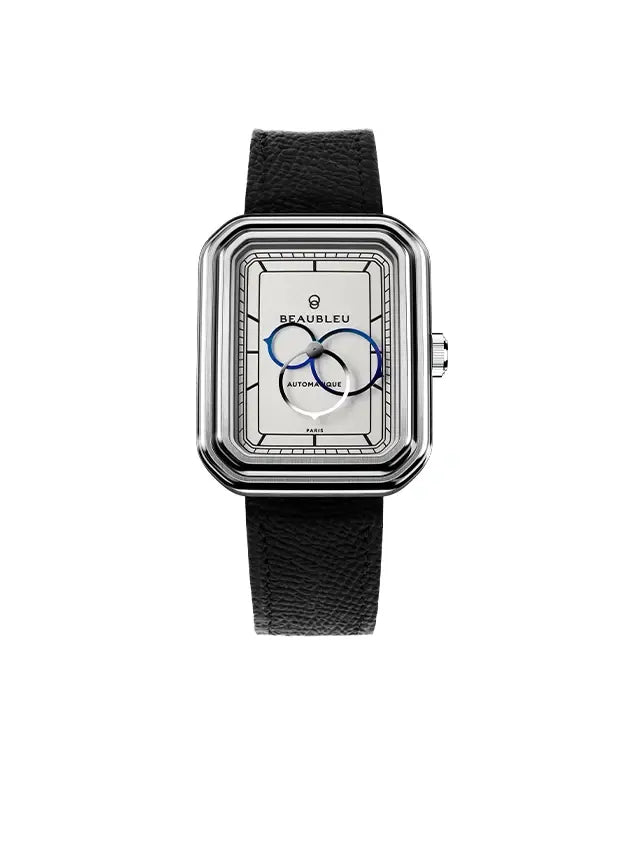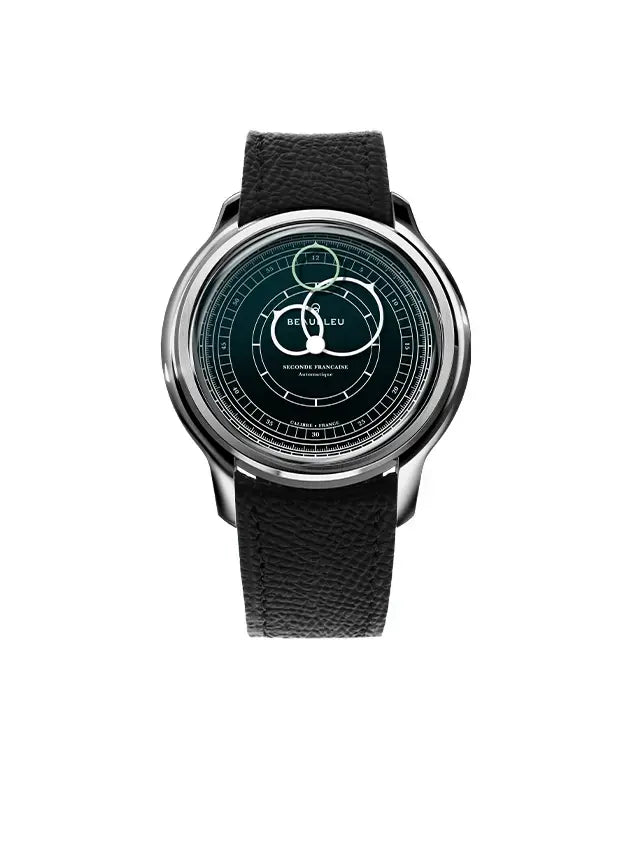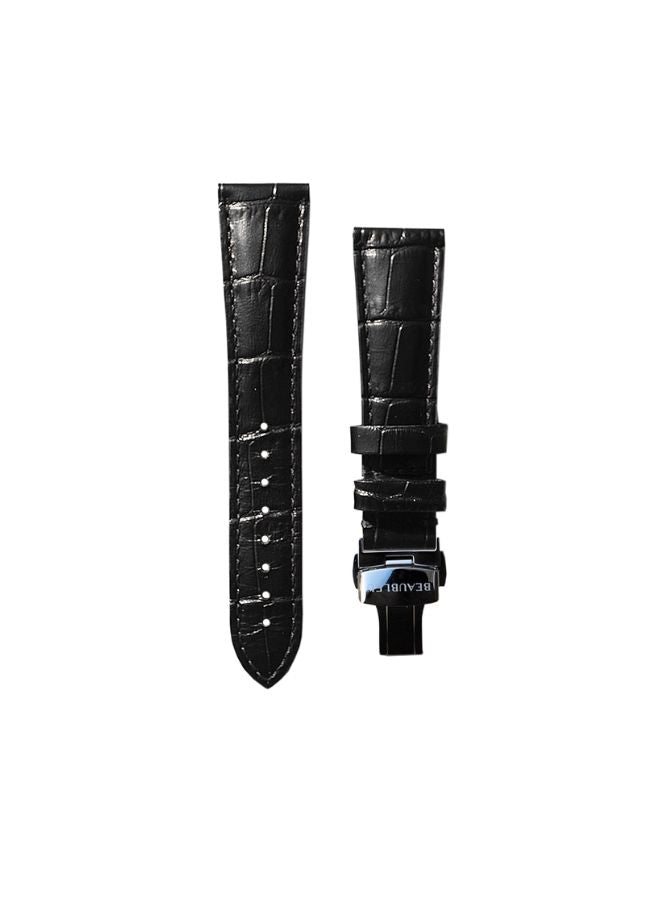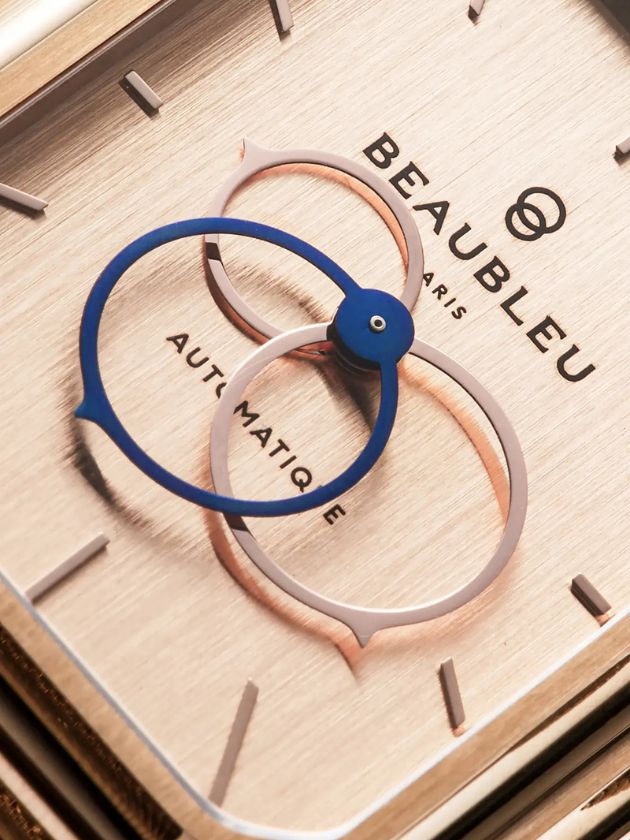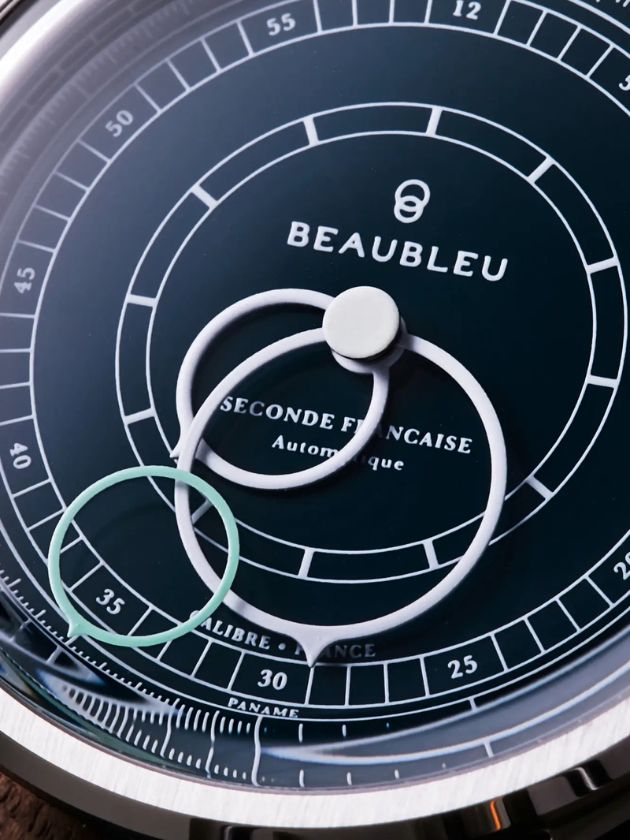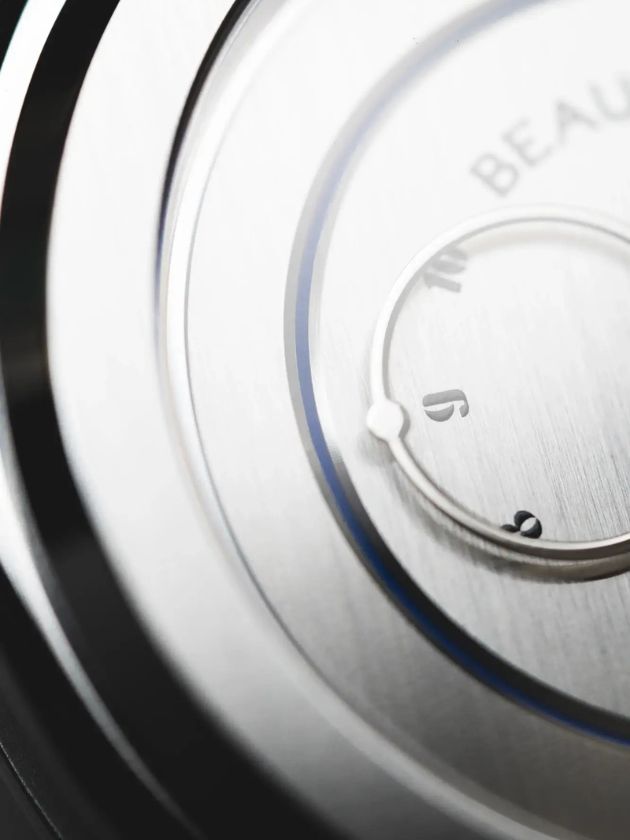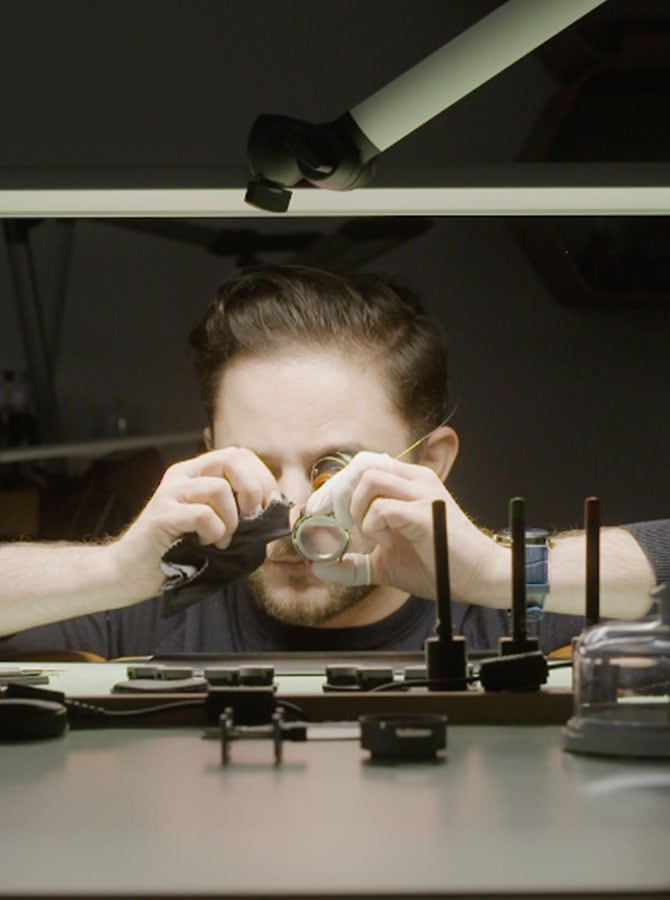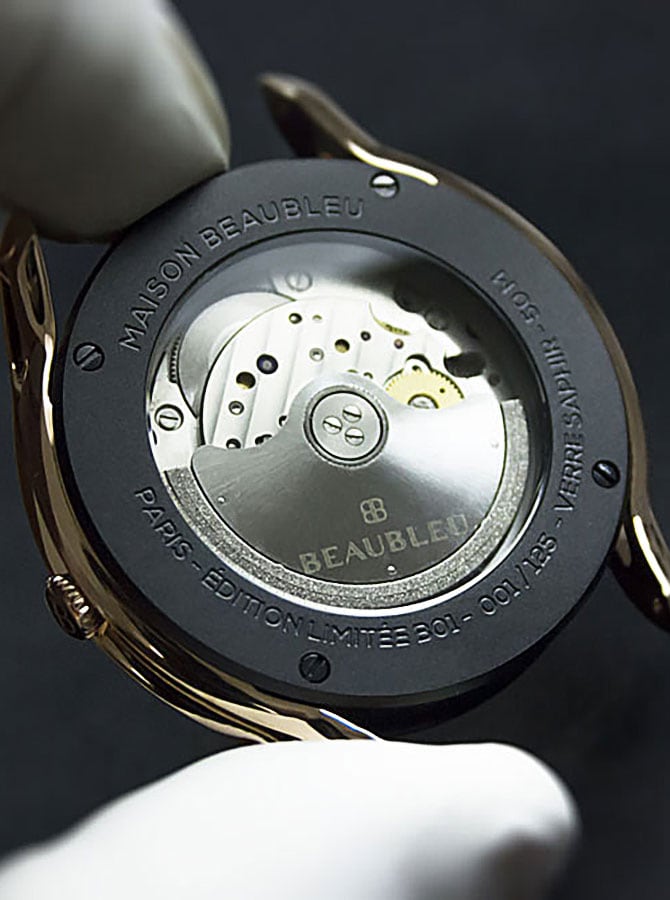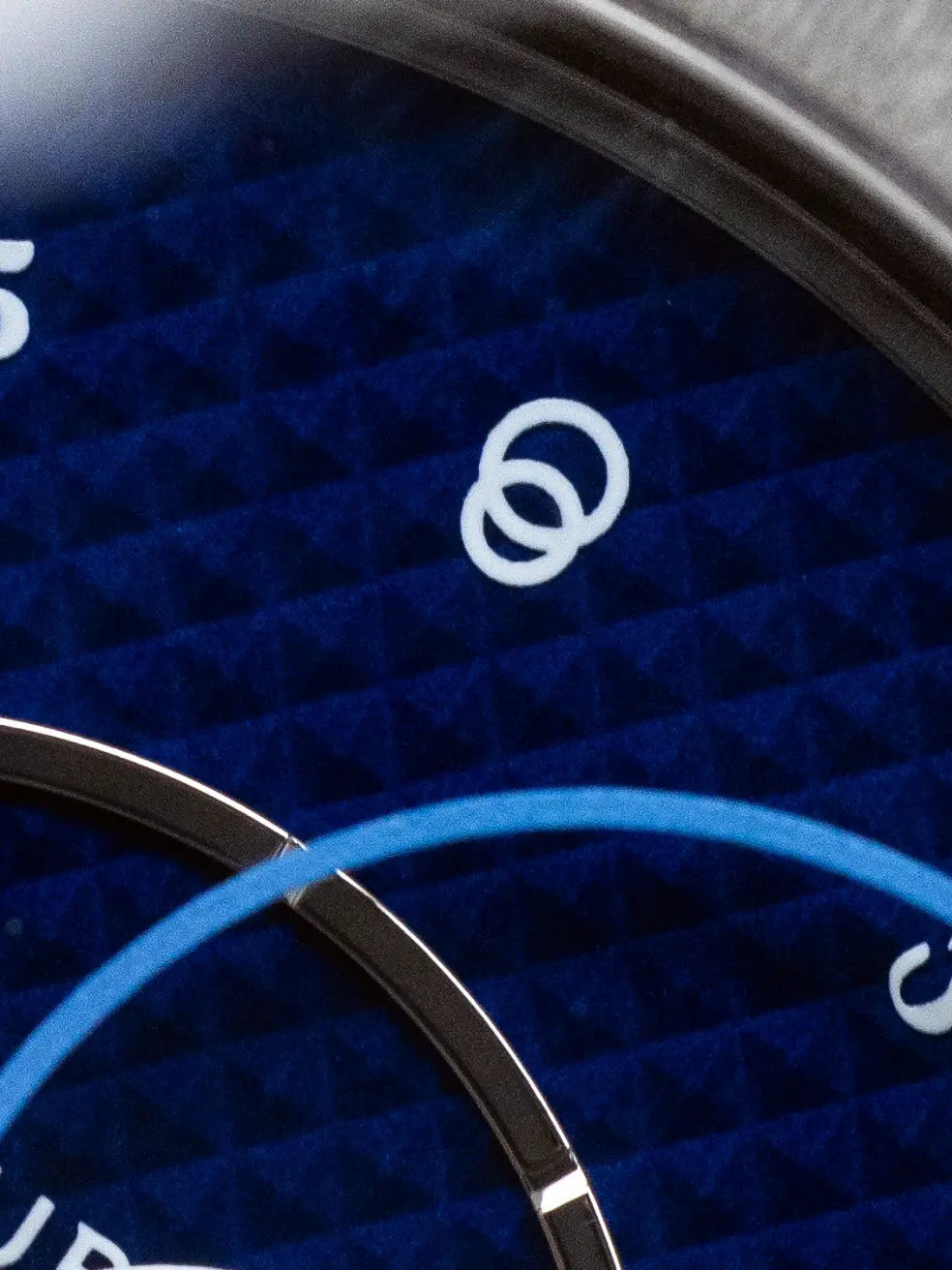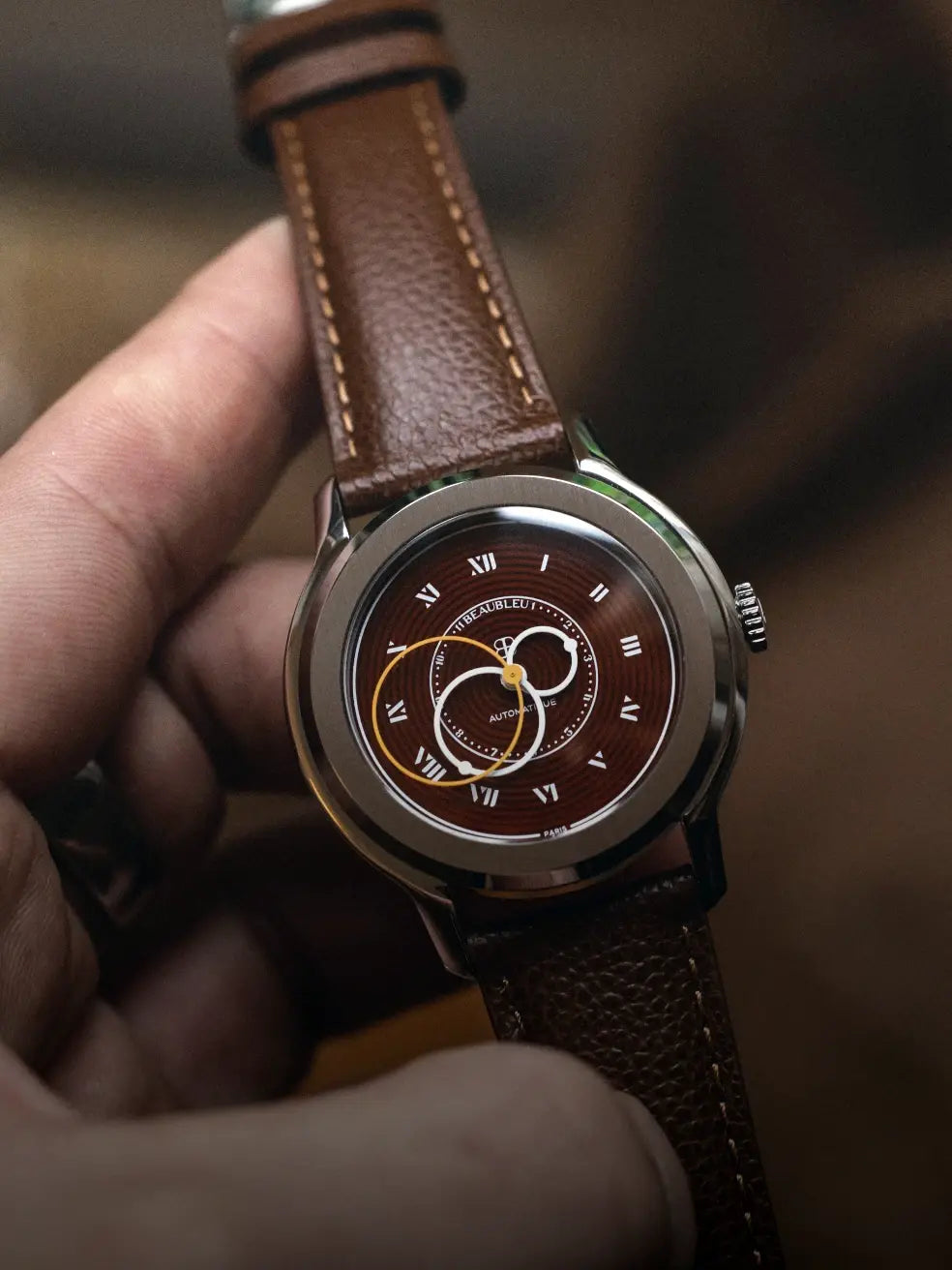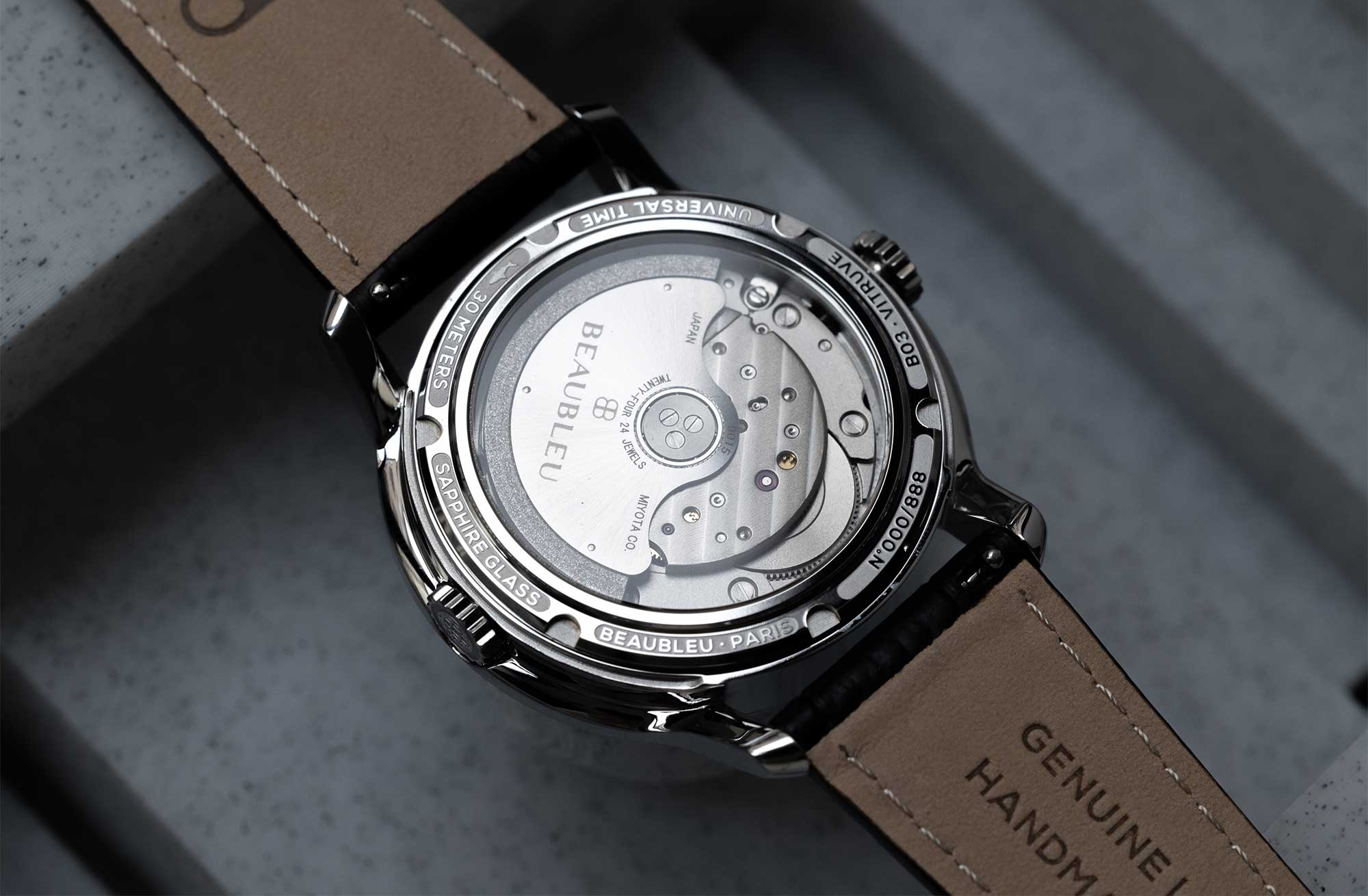
How does a mechanical watch work?
Immerse yourself in the timeless elegance of the mechanical watch, a bewitching dance between tradition and modernity. Each tick subtly reveals the precious secrets of the watchworks.
Mechanical watchmaking, born in the heart of the 15th century, remains the soul of the art of watchmaking. Far from mechanisms powered by batteries, the mechanical movement draws its energy from an almost infinite source, embodying the very essence of mastering time.
The workings of the mechanical watch
At the heart of these mechanical watches, five elements intertwine to orchestrate the dance of time. The motor, like a beating heart, breathes life into the spring which, once tensioned, releases its energy with elegant regularity. The transmission, a set of cleverly articulated gears, translates this energy into precise movements.
The escapement, guardian of time, regulates the release of energy with extreme finesse, avoiding any hasty escape. The pendulum, symbol of the beat of the watchmaking heart, gives rise to the famous “tic-tac”, thus ensuring the poetic cadence of the hands. Finally, the display, the real face of the watch, combines dial and hands to show the progress of time.
To preserve this exceptional mechanism, the case, a true showcase, carefully encases these five elements, while the bracelet, more than a simple link, adjusts the watch around the wrist, a perfect fusion of technology and elegance.

A manually wound watch
The endless energy of these mechanical watches is accompanied by a captivating rituality. Winding the watch manually, using a delicate crown, is equivalent to breathing life into the heart of watchmaking mechanics. The spring tenses, ready to deploy its energy in a carefully choreographed ballet.
With an average battery life of forty hours, these timekeepers require daily attention to maintain their accuracy. The act of winding the watch becomes a ritual act, a daily celebration of the mastery of time. A dance between the owner and his watch that transcends the simple indication of the hours.
However, time is not just a challenge, but a constant evolution. Thus, to respond to the quest for reliability, automatic watches emerged, like those developed by Maison Beaubleu. These exceptional pieces, worn every day, become independent thanks to the movement of their owner's wrist, a watchmaking revolution that combines tradition and modernity.
Manual and automatic watches are not just instruments for measuring time, but companions in life. Investments in eternity, merging art, mechanics and history in a setting that crosses generations with elegance.
